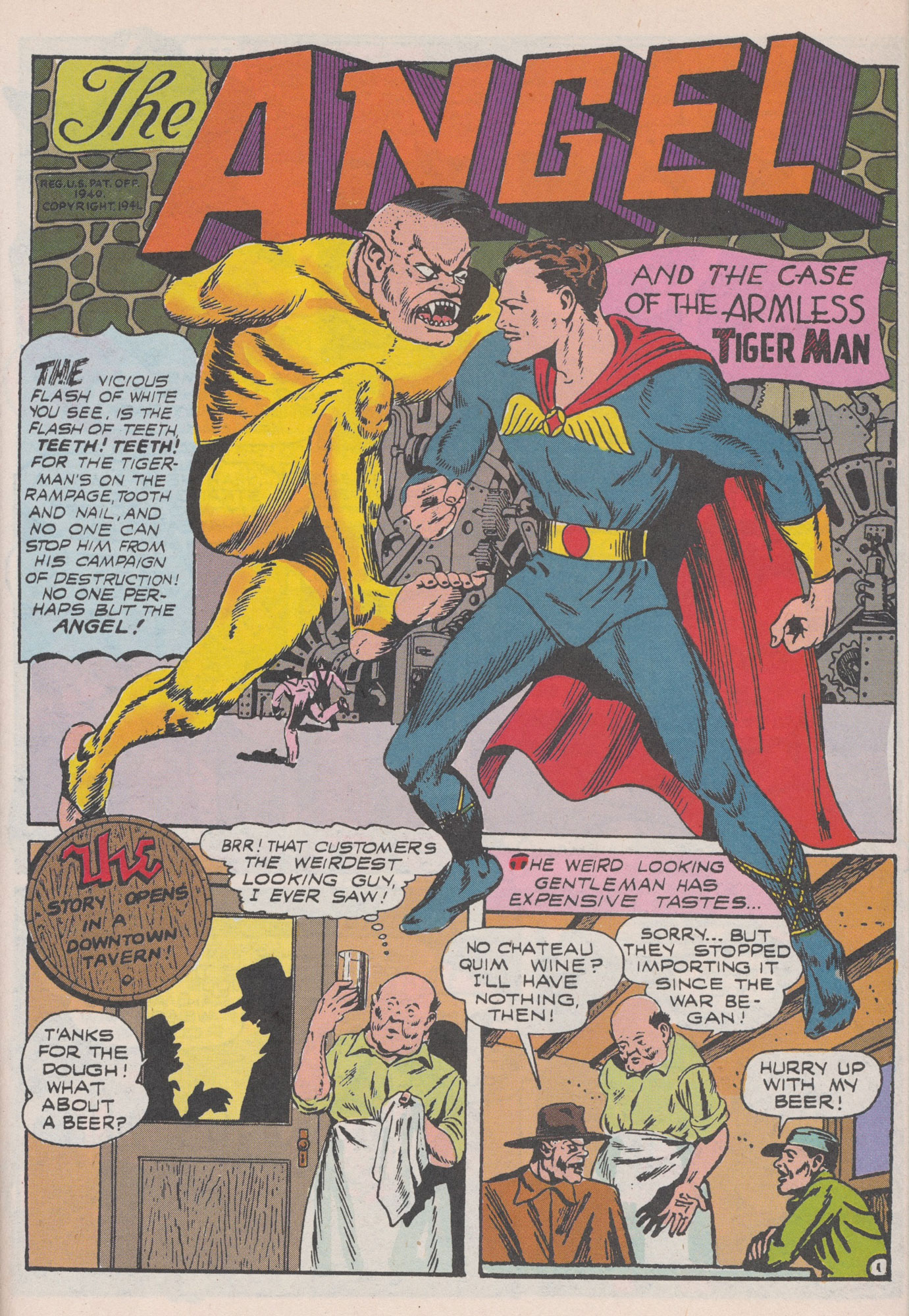Podcast series blends new and old ways of knowing
Ways of Knowing, a podcast produced in partnership with the UW, is dedicated to humanities research and thought.

In 1941, Marvel Comics introduced the Armless Tiger Man. The supervillain features in an episode of a new podcast series highlighting the expertise of faculty from the College of Arts & Sciences.
With the help of luminaries from the UW’s humanities faculty, this eight-part series explores race, immigration, disability, history, poetry, nature—and comic books. Blending current scholarship and a variety of analytical methods, the innovative collection of episodes not only explores specific subjects, it opens up the listener to fresh ideas and approaches to understanding.
In one of the early episodes, Professor Habiba Ibrahim focuses on Frederick Douglass’s autobiography and why, in Western ways of thinking, common perceptions of age and time don’t seem to apply to Black people. In another episode, Professor José Alaniz considers comic book characters with disability.
The series, produced by the UW News team with the help of The World According to Sound can be found on streaming platforms Apple Podcasts, Spotify and Google Podcasts.
Episode 1: Jesse Oak Taylor What determines the start of the Anthropocene—the geological epoch marked by human impact on the planet? The debate hinges, in part, on how we define “signature events,” occurrences that prove humans have changed the Earth in a detectable and definitive way. Jesse Oak Taylor, associate professor of English, shows how reading—finding the clues—is a fundamental analytical tool of both the sciences and the humanities.
Episode 2: Charles LaPort “Dover Beach,” a 19th-century poem by Matthew Arnold, can be read as both a romantic lament and an existential commentary on the loss of religious faith. Through close reading—a way of reading for insight, not information—English professor Charles LaPort focuses on the inconsistencies of rhythm and rhyme. And he points out how, through using close reading to study a work, we can uncover new meanings.
Episode 3: Habiba Ibrahim The autobiography of Frederick Douglass, published in 1845, tells how the brilliant writer and abolitionist endured enslavement as a child and escaped. Habiba Ibrahim, professor of English, noted Douglass never knew, nor is there an official record of, his exact age. With the murder of Trayvon Martin, who was not yet an adult when he was killed in Florida 10 years ago, Ibrahim began studying age as it relates to race.
Episode 4: Louise Mackenzie In the 16th century, writers in Europe depicted the wilderness as terrifying and dangerous. But in the centuries to come, that fear of remote, unpopulated places gradually turned to awe, reverence and ultimately a powerful and problematic form of desire. Louise Mackenzie, associate professor of French, contrasts “La Savoie,” a poem by Jacques Peletier du Mans in which the French Alps are ruinous and horrible, with a conteporary view of the same region as a nature-lover’s dream.
Episode 5: José Alaniz Who gets to be a superhero? How about a villain? It depends on where you look. In the 1940s, comic book villains were often distinguished from heroes through physical disability. That changed in the 1960s and ’70s, when it became more common for heroes—think Daredevil and Professor X—to be built around disability. José Alaniz, professor of Slavic languages and literatures, analyzes the physical depictions of superheroes and villains through the decades.
Episode 6: Diana Flores Ruiz An empty wallet, a hairbrush, a diaper. These few items left behind by migrants at the United States-Mexico border, were photographed for a 2021 Los Angeles Times story. Diana Flores Ruíz, assistant professor of cinema and media studies, discusses how the same images can be used on both sides of a debate. She describes how the photos evoked empathy and assistance for humanitarian organizations, but were also used to garner support for vigilante groups by inducing fear.
Episode 7: Chadwick Allen The Octagon Earthworks in central Ohio is one of thousands of Indigenous mound sites across the eastern half of North America. Professor Chadwick Allen, who teaches in both English and American Indian studies, explores the subjects of Native American earthworks and cultural erasure. The Octagon Earthworks, he explains, is actually a gigantic clock whose builders possessed substantial astronomical knowledge.
Episode 8: Maya Angela Smith When you hear a cover of a favorite song, the lyrics and melody may be similar, but there are also enough differences to make it unique. Associate Professor Maya Angela Smith introduces translation studies through the song “Ne Me Quitee Pas.” Originally written and recorded by the Belgian Jacques Brel, the version by American Nina Simone carries racialized and gendered dimensions. Different artists bring different identity markers to the same song, highlighting distinct political, social and cultural narratives.